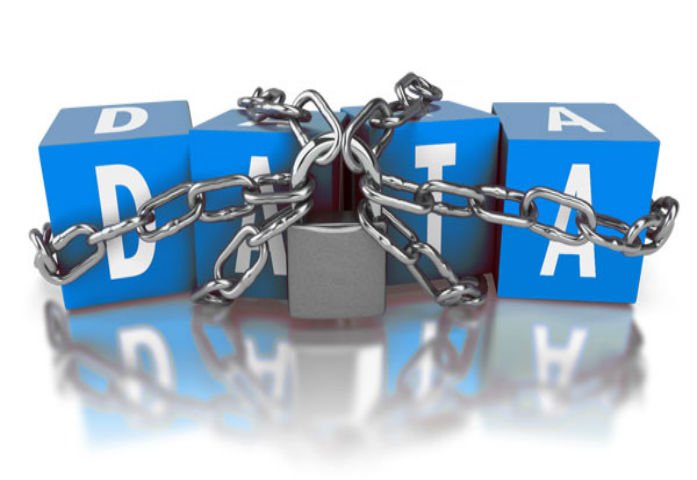Setting: A dusty, humming office in Lira District.
A procurement officer leans over her computer and clicks “Shift + Delete.” No Recycle Bin. No trace. She sighs with relief. That was the doctored invoice. Gone forever.
Or so she thought.
What she did not know is that her machine had already betrayed her.
Because in 2025, you can erase all you want, but forensics will find you.
And when Summit Consulting’s digital forensics team walks in, they do not ask what happened.
They ask, “Where did she hide the truth?”
The illusion of digital disappearance
Fraudsters in Uganda, especially internal ones, have become bolder, but not smarter.
They believe that if they delete Excel files, format flash disks, reset phones, or wipe company emails, the crime disappears.
Here is what they do not get. Deleting is not erasing.
In digital forensics, deletion is like hiding a body in the garden.
We bring the shovel. And the dogs.
Case file: The missing purchase order in Soroti
In December 2024, a district local government processed UGX 154 million for “emergency borehole repairs.”
But an internal whistleblower raised an eyebrow: the works were “done” over a weekend… during a public holiday… with no field reports.
Summit Consulting Ltd was called in.
When we checked the procurement officer’s laptop, the folder named Q4 Projects had been “permanently deleted” the night before the auditors arrived.
Classic panic move.
We imaged the hard drive using FTK Imager, cloned the disk, and within four hours:
- We recovered the original purchase order, it had been deleted but not overwritten.
- Metadata revealed it was modified 11 minutes after the payment request was submitted.
- Email logs (yes, even deleted emails!) showed a thread with Suspect 2, a contractor who had never stepped on-site.
When confronted, the officer said:
“I thought if I deleted it, no one would know.”
She was wrong.
What digital forensics really means
It is not about passwords. It is about patterns.
Here is how we catch you:
- File carving. Recovering deleted files by reading raw disk sectors, even after format.
- Metadata timeline mapping. Every document carries invisible timestamps: created, edited, accessed, and deleted.
- USB device history. We know what flash drives you plugged in, and when. Even if the flash drive is gone.
- Internet activity logs. Your “private browsing” is not private to a forensic analyst.
- Email header analysis. Shows whether an email was spoofed, scheduled, or forwarded silently.
In one ministry, a fraudster emailed a doctored contract, then deleted it. We still found it, in her printer cache.
Because even your printer can betray you.
The mobile money trap: You can run, but not from CDR
In a recent payroll ghost fraud case in Wakiso, we traced suspicious salary transfers to the same Airtel number.
When confronted, the suspect claimed:
“That line is not mine. I do not know whose it is.”
Too bad.
We pulled Call Detail Records (CDRs), matched the SIM to tower pings, then cross-referenced it with a phone that had been connected to the office Wi-Fi for the past six months.
We found WhatsApp chats, Google location history, and even a selfie backed up on Google Photos, all pointing to one staff member.
You can change the line.
But your behavior leaves footprints.
Why most fraudsters get caught, eventually
You see, human beings are terrible at covering their digital tracks.
They forget:
- Windows keeps shadow copies.
- Phones sync to the cloud.
- Deleted WhatsApp chats can still exist on the recipient’s phone.
- Google and Apple track locations passively.
In a recent NGO case, a suspect tried to cover her travel fraud by deleting emails and screenshots of flight bookings.
We did not even need her phone.
We subpoenaed her Gmail account and retrieved flight confirmations from the trash bin.
They had been “deleted” but not purged.
What you should know if you are tempted to tamper
Hereis the digital truth:
| You try to… | We can… |
| Delete files permanently | Recover them via file signature carving |
| Format your phone | Clone the eMMC and extract partitions |
| Use fake emails | Trace headers, IPs, and device signatures |
| Uninstall software | Retrieve uninstaller logs and registry |
| Send secret messages | Recover from app data backups or caches |
The more you try to erase, the more fingerprints you leave.
You are not outsmarting the system.
You are feeding it evidence.
How to protect your organization from “digital bleach”
- Lock device policies. Only authorized devices can access finance systems. Everything else gets blocked.
- Daily backup with forensic snapshots. Use backup tools that store tamper-proof snapshots. So even deleted files live in the shadows.
- User behavior analytics (UBA). AI models watch staff behavior for anomalies: who’s deleting too often, transferring late at night, or installing suspicious software.
- Staff digital integrity profiling. Before promoting or assigning sensitive roles, screen for digital risk behaviors: file hoarding, private email use, unencrypted USBs, etc.
- Immediate forensic response teams. If you smell fraud, freeze the devices. Don not let IT “clean” anything. Lock it. Image it. Investigate it.
Fraud used to wear a ski mask. Today, it hides in Excel sheets, vanishes in mobile phones, and sneaks through Gmail drafts.
But no matter how clever the fraudster, forensics is always smarter, because data has a memory deeper than guilt.
So here is my advice to anyone tempted to cover their digital sins:
Do not delete. Do not format. Do not wipe.
Because every click you made…
Is already evidence.





